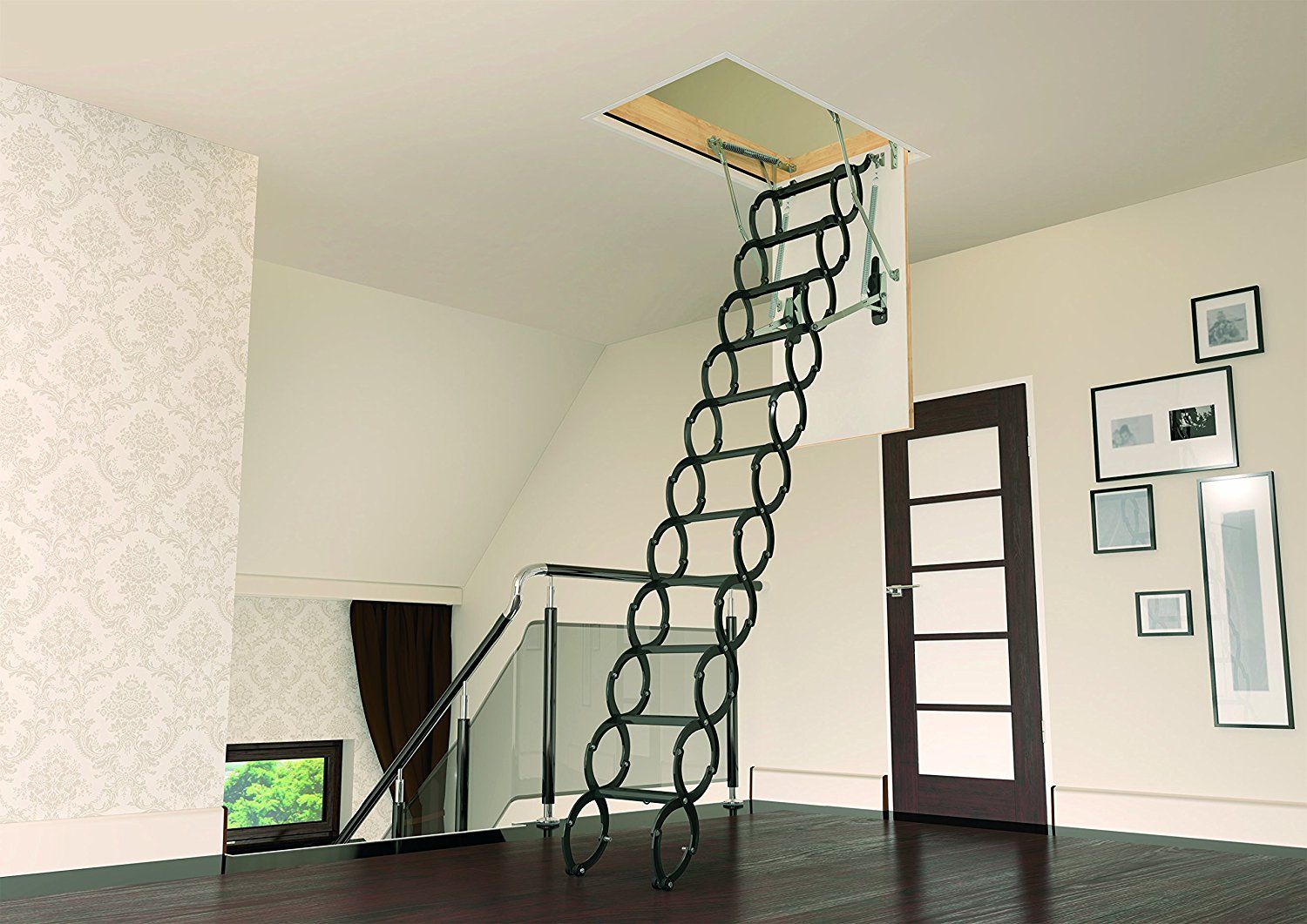
The attic ladder, often an unsung hero in the realm of home accessibility, is a humble yet indispensable feature that bridges the divide between living spaces and the often-overlooked attic. This unassuming folding staircase represents not just a practical means of entry but a portal to hidden storage, potential living space, or even an attic retreat. Whether installing a new attic ladder or refurbishing an existing one, the craftsmanship involved is a testament to the marriage of convenience and functionality in home design.
In the arena of attic ladder installation or repair, craftsmen take on the role of architectural navigators, charting a course between the practicality of access and the elegance of integration. Content writers exploring this domain might delve into the significance of attic ladders as space-saving solutions that provide easy access to an underutilized part of the home. A skilled artisan begins the process with meticulous planning, selecting the right type of attic ladder that suits the space and aligns with the homeowner’s needs. Whether it’s a folding ladder, telescoping ladder, or sliding staircase, the choice is guided by considerations such as available space, ceiling height, and frequency of use.
The installation process is a blend of engineering precision and design finesse. Content writers might emphasize the transformative impact of a well-installed attic ladder as more than a mere access point, but as an architectural feature that seamlessly integrates with the surrounding environment. The craftsman ensures that the ladder not only functions smoothly but also enhances the visual aesthetics of the space. From the proper alignment of hinges to the strategic placement of handrails, each element is calibrated to provide a safe and visually pleasing entry into the attic.
In the realm of attic ladder repair, the craftsman emerges as a troubleshooter, addressing issues that may compromise both safety and usability. Content writers can delve into the challenges faced by aging attic ladders, from creaking hinges to weakened structural components. A skilled artisan conducts a thorough assessment, identifying areas of wear or damage. The repair process often involves reinforcing structural elements, replacing worn-out parts, and ensuring that the ladder meets safety standards. The goal is not merely to mend visible issues but to extend the longevity of the attic ladder, preserving its functionality and safety for years to come.
Moreover, the attic ladder becomes a gateway to the potential of the attic space itself. Content writers may explore the diverse uses of attics, from storage to hobby rooms or even cozy retreats. Craftsmen in attic ladder installation understand this dual functionality, providing homeowners with not just a means of access but a key to unlocking the hidden potential of their homes.
The synergy of attic ladders with energy efficiency is another facet of this narrative. Content writers might delve into the importance of proper insulation around attic access points to prevent energy loss. Craftsmen advocating for energy-efficient installations align their expertise with modern construction practices, ensuring that the attic ladder contributes to the overall efficiency of the home.
In conclusion, the attic ladder emerges as a functional and design-savvy feature that transcends its utilitarian purpose. It is an architectural element that seamlessly integrates accessibility with aesthetics, providing a convenient entry point while enhancing the overall visual appeal of the space. Content writers exploring this domain must capture the essence of the attic ladder as a bridge between practicality and design, emphasizing its role not only in accessing hidden spaces but in elevating the overall functionality and charm of a home. The craftsman, whether installing or repairing, becomes a facilitator of both access and aesthetics, contributing to the seamless integration of living spaces and attic realms.



The frequency of roof repairs varies based on factors like material, climate, and maintenance. Typically, asphalt shingles may need attention every 20-30 years, while metal roofs can last 40-70 years. Harsh weather conditions and poor installation can expedite repairs. Regular maintenance, such as cleaning gutters and inspecting for damage, can extend a roof's lifespan. Immediate attention to leaks is crucial. Professional inspections twice a year help identify and address issues early, minimizing the need for frequent repairs. Overall, proactive care and timely repairs contribute to a roof's longevity and reduce the frequency of interventions.
The duration of a roof repair varies based on the complexity and extent of the damage. Minor repairs, like fixing a few shingles or addressing a small leak, may take a few hours. Moderate repairs, involving more extensive damage, could take a day or two. Major repairs, such as structural issues or widespread damage, might extend to several days or weeks. Weather conditions, material availability, and the expertise of the roofing team also influence the repair timeline. Promptly addressing issues and hiring experienced professionals contribute to efficient repairs, ensuring the process aligns with the specific needs of the roofing project.